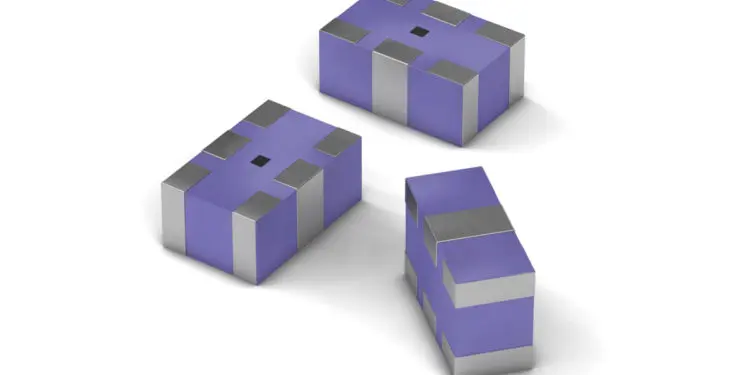With WE-CCMF, Würth Elektronik offers a compact multilayer common mode choke in a 0504 package which is characterized by high common mode attenuation in the WiFi frequency range (> 30 dB @ 2450 MHz).
WE-CCMF is the solution to improve the sensitivity of Wireless LAN and Bluetooth enabled devices (notebooks, laptops, routers, IoT devices) that also include interfaces with high-speed push-pull signal transmission. These devices include USB 3.1/3.2, SATA 3.0/3.2, HDMI 1.4/2.0 or Thunderbolt 2/3.
The high switching frequency of state-of-the-art data lines has made common mode interference a problem in radio reception. The ceramic common mode choke WE-CCMF achieves excellent attenuation in just this 2.45 GHz range. The LTCC design of the WE-CCMF ensures low losses and high reliability.
The reflow solderable SMT component has high temperature stability and is suitable for operating temperatures from -40°C to +85°C. The push-pull cut-off frequency of the choke is 8 GHz.
WE-CCMF is now available from stock without a minimum order quantity. Free samples can be requested.































